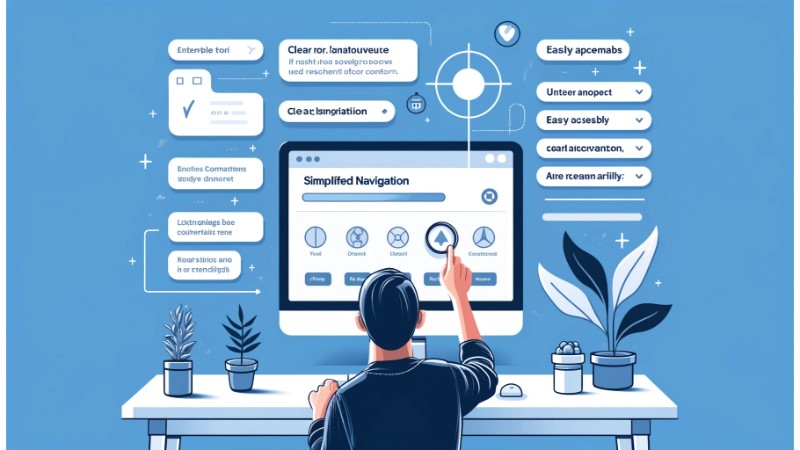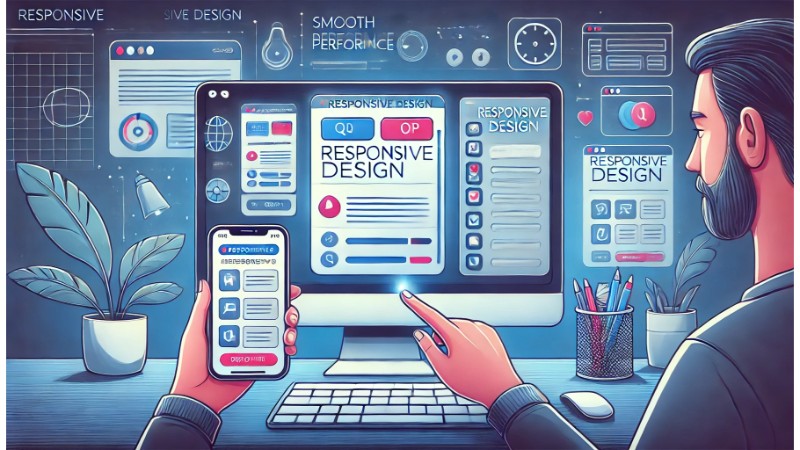Software User Experience Optimization

In today’s fast-paced digital world, software user experience (UX) optimization is crucial for retaining users and driving business success. Optimizing UX involves enhancing the usability, accessibility, and pleasure provided in the interaction between the user and the software. This article delves into the key strategies for optimizing software UX and how it benefits your business.
Understanding User Experience (UX)
User experience refers to the overall experience a person has when using a product, particularly software. It encompasses all aspects of the end-user’s interaction, including usability, design, performance, and accessibility. A positive UX can significantly boost user satisfaction, loyalty, and conversion rates.
 Why UX Optimization Matters
Why UX Optimization Matters
1. Increased User Satisfaction
A well-optimized UX ensures that users can effortlessly navigate through your software, find what they need, and complete their tasks efficiently. This leads to higher user satisfaction and encourages them to return to your product.
2. Higher Conversion Rates
An intuitive and seamless UX can reduce friction points in the user journey, leading to higher conversion rates. Whether it’s a sign-up process, a purchase, or any other call-to-action, a smooth UX makes it easier for users to take the desired actions.
3. Enhanced Brand Reputation
Companies that prioritize UX are often seen as more reliable and customer-centric. A great user experience can enhance your brand reputation and differentiate you from competitors.
Key Strategies for UX Optimization
1. User Research
Understanding your users is the first step in UX optimization. Conduct user research through surveys, interviews, and usability testing to gather insights into user behaviors, needs, and pain points. This data-driven approach helps in creating user-centric designs.
 2. Simplified Navigation
2. Simplified Navigation
Complex navigation can frustrate users and lead to higher bounce rates. Simplify your software’s navigation by organizing content logically, using intuitive menus, and providing clear calls-to-action. Ensure that users can easily find what they’re looking for with minimal clicks.
3. Responsive Design
With the increasing use of mobile devices, it’s essential to ensure that your software provides a consistent experience across all screen sizes. Implement responsive design techniques to make your software accessible and functional on desktops, tablets, and smartphones.
4. Performance Optimization
Slow loading times can significantly impact user experience. Optimize your software’s performance by minimizing file sizes, using efficient coding practices, and leveraging content delivery networks (CDNs). Regularly test and monitor your software’s performance to identify and fix any bottlenecks.
 5. Accessibility
5. Accessibility
Make your software accessible to all users, including those with disabilities. Follow accessibility guidelines such as WCAG (Web Content Accessibility Guidelines) to ensure that your software is usable by people with various impairments. This not only broadens your user base but also demonstrates social responsibility.
6. Consistent Design Language
Consistency in design elements such as colors, fonts, and icons helps in creating a cohesive and recognizable user experience. Use a design system or style guide to maintain consistency across different parts of your software.
7. Continuous Feedback and Iteration
UX optimization is an ongoing process. Collect feedback from users continuously and use it to make iterative improvements. Tools like heatmaps, session recordings, and user feedback forms can provide valuable insights into user interactions and pain points.
Measuring UX Success
1. User Satisfaction Metrics
Use metrics like Net Promoter Score (NPS) and Customer Satisfaction Score (CSAT) to gauge user satisfaction. These metrics provide direct feedback from users about their experience with your software.
 2. Conversion Rates
2. Conversion Rates
Track conversion rates to measure the effectiveness of your UX optimization efforts. A higher conversion rate often indicates a better user experience.
3. User Engagement Metrics
Monitor user engagement metrics such as time on site, pages per session, and bounce rate. Higher engagement usually reflects a positive user experience.
4. Usability Testing
Conduct regular usability testing to identify usability issues and areas for improvement. This helps in maintaining a high standard of user experience.
Conclusion
Optimizing software user experience is not a one-time task but an ongoing commitment to understanding and meeting user needs. By focusing on user research, simplified navigation, responsive design, performance optimization, accessibility, consistent design, and continuous feedback, you can create a software experience that delights users and drives business success. Invest in UX optimization today to stay ahead in the competitive digital landscape.


